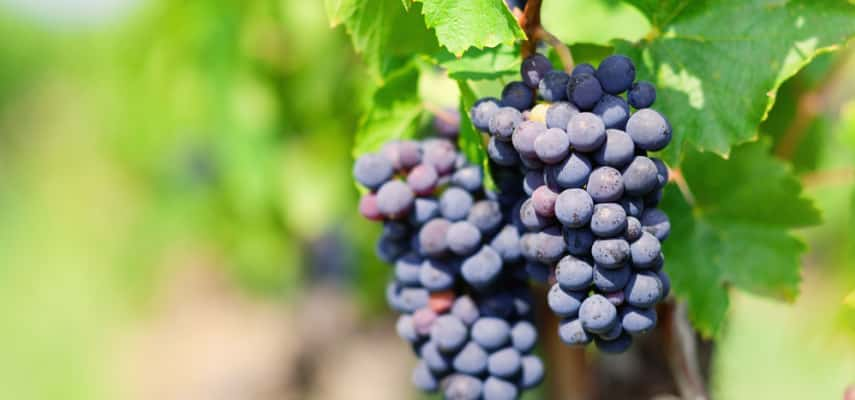
What makes Beaujolais so special?
At its best, there is little that can match its perfumed, juicy fruit flavors. Beaujolais is drinkable upon release. It has youthful virtues which makes it hugely successful for novices as well as weather aficionados of wine.
Le Beaujolais Nouveau est passé
At one time more than half the crop was sold as Beaujolais Nouveau, released on the third Thursday of November. There were races for the first case of Nouveau all over the world. Nouveau fell out of fashion due to complacent merchants who allowed quality to decrease, going after a hot profitable market. Competition came in and better wines took over the market.
In reality, there was always far more to Beaujolais than Nouveau. While the not nouveau was away from the limelight, using traditional methods. Reflecting a complex terroir came as a surprise with top vintages 2005, 2009, 2015, and 2016.

The stats prove a lively vineyard, with 18,500 hectares, over 2,600 growers with 1.5 million bottles produced. The white Beaujolais is only 200 hectares, with Chardonnay grapes. The rest is a single grape, the Gamay cousin of the pinot noir.
The Beaujolais region spreads from the town of Macon to Lyon. The vines are often pruned hard and low, making work in the vineyards labor-intensive.
Finally, Gamay is susceptible to rot and needs constant attention. It usually ripens early but the mistake that many make is to harvest too soon. Beaujolais is a mountainous region with hills rising up to about 1000m. Violent storms are not uncommon and many vineyards have been devastated by hail.
For a wine so easily drank, the grape from which it is made is laden with difficulties.
Production costs are high, while selling prices remain quite low, especially for simple Beaujolais and Villages where the outlook remains bleak. Making a living with Beaujolais grapes is not easy.

Most Beaujolais is sold as Appellation Contrôlée. In total, there are twelve separate appellations.
Beaujolais
About 40 million bottles.
Beaujolais-Villages
Also around 40 million bottles. Each village has a style of its own. From north to south, they are:
Saint-Amour
Only 320ha with vineyards often interspersed with blocks of chardonnay that make Macon Villages or St Verand.
Juliénas
One of the largest crus (600ha), but often plagued by hail storms. Juliénas, named after Caesar
Chénas
With only 250ha, this is the smallest of the ten ‘crus’ and the hardest to find.
Moulin-à-Vent
This 660-ha appellation is the grandest of the ‘crus’ that in good vintages may be spoken of in the same breath as other great wines of Burgundy. The wines are fleshy, round, and full and always need a year after the harvest. The most structured of the ‘crus’, Moulin-à-Vent responds well to aging in oak barrels and is the least Beaujolais-like.
Fleurie
Fleurie comprises 890ha. Vineyards closest to Morgon or Moulin-à-Vent are fuller-flavored while those around the village are often more floral.
Chiroubles
A ‘mountain wine’ made from grapes grown at an average altitude of 1,000 feet. The wines are light, fragrant, and delicate, more floral than fruity, and should be drunk young, and just on the cool side. Always refreshing and the cru that is readiest soonest.
Morgon
Morgon covers 1100ha. .

Régnié
Wines from the ‘club des Crus’ most recent member’s 370 ha often lack real identity, coming some way in style between Brouilly and Morgon.
Brouilly
With 1300ha, this is the largest of the crus.
Côte de Brouilly
Though an enclave of Brouilly, its 310ha makes up a quite separate district, planted on the slopes of the remains of an ancient volcano.
So what to do? Try them all and send me your thoughts Stella and I would like to share some great discoveries. A voter sante

